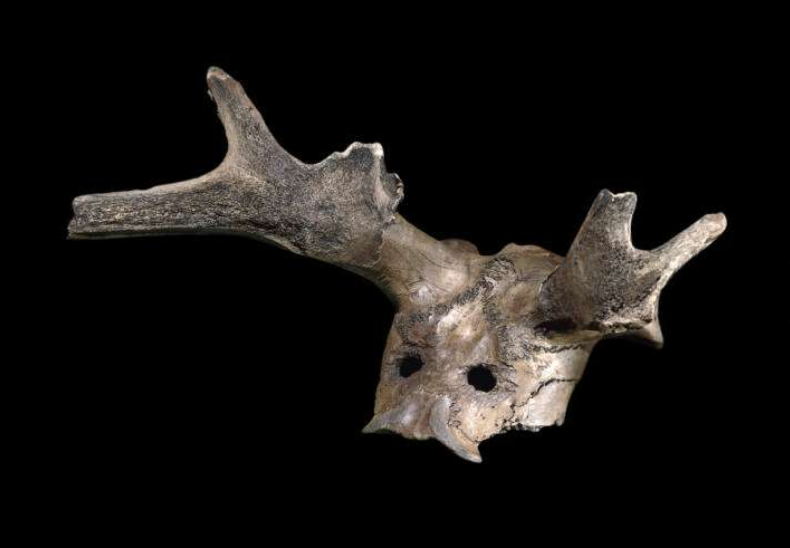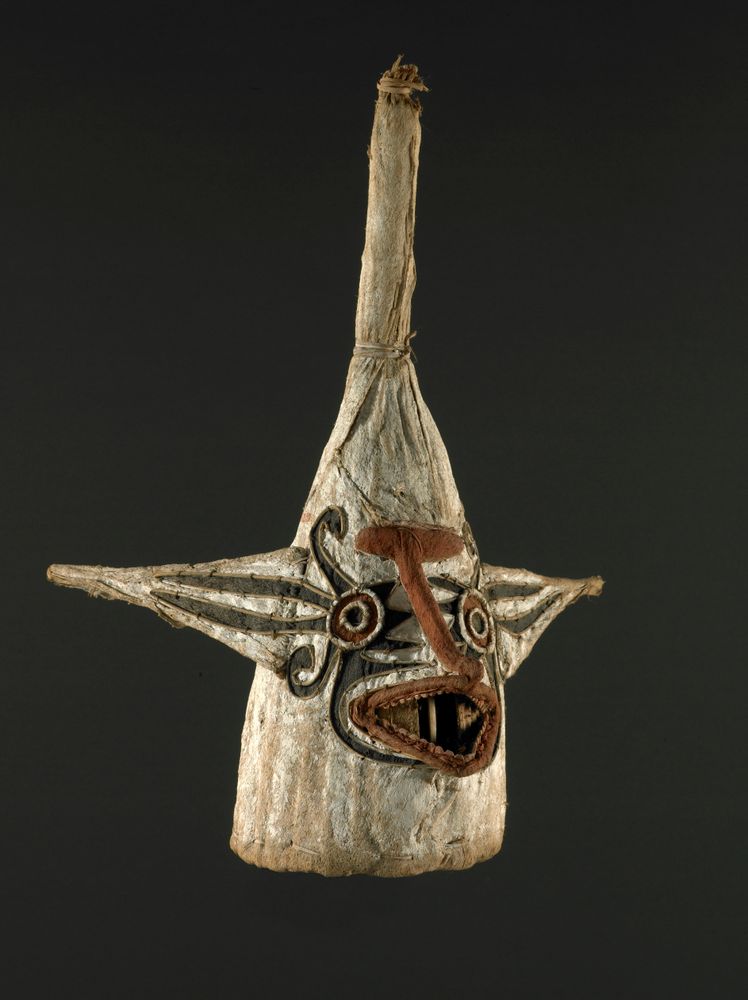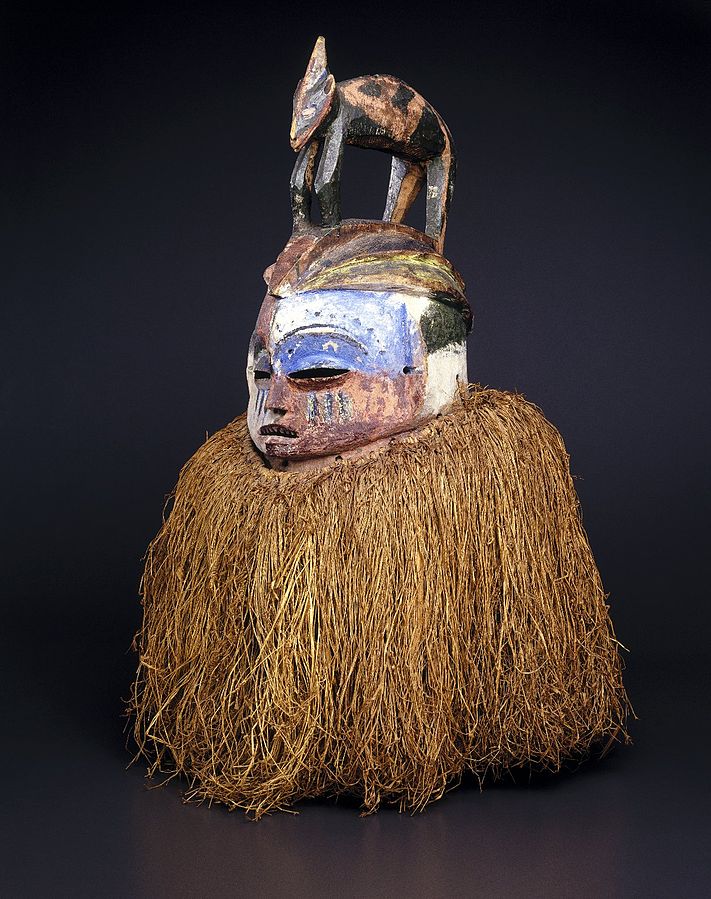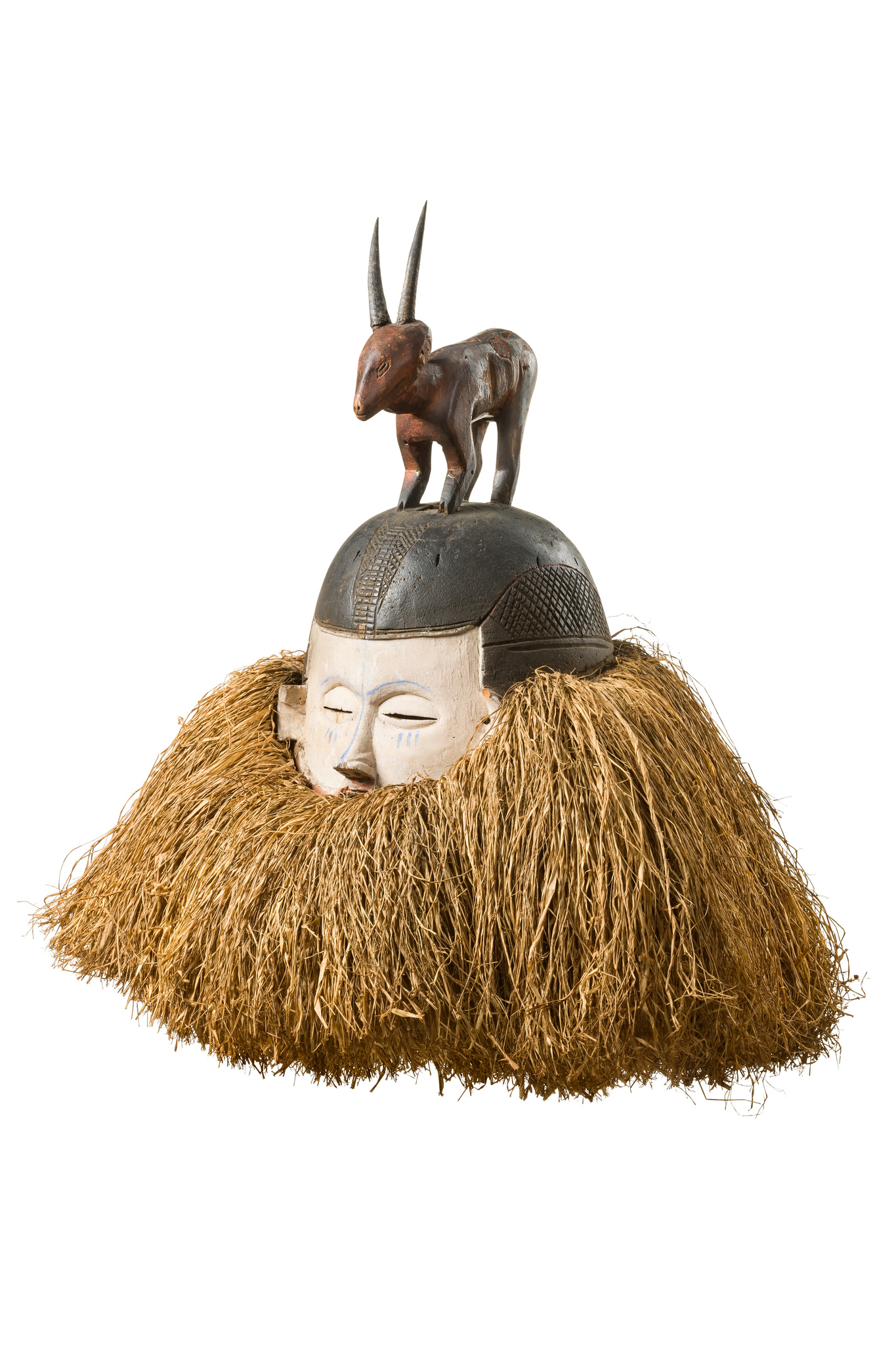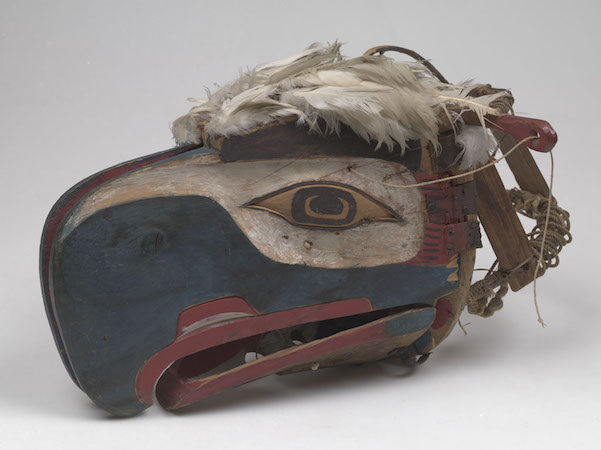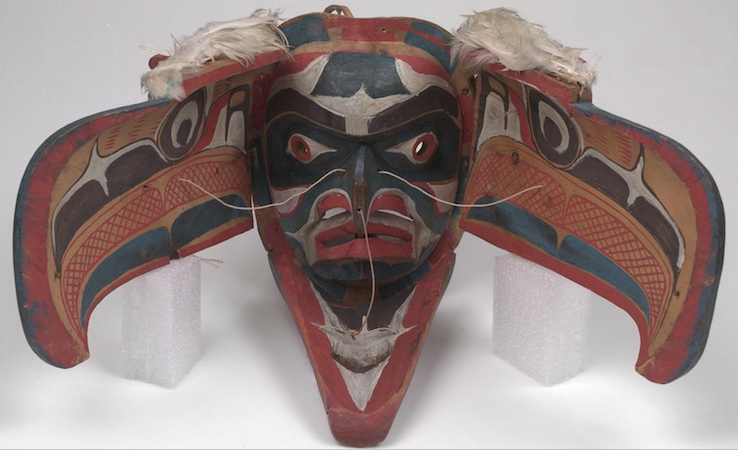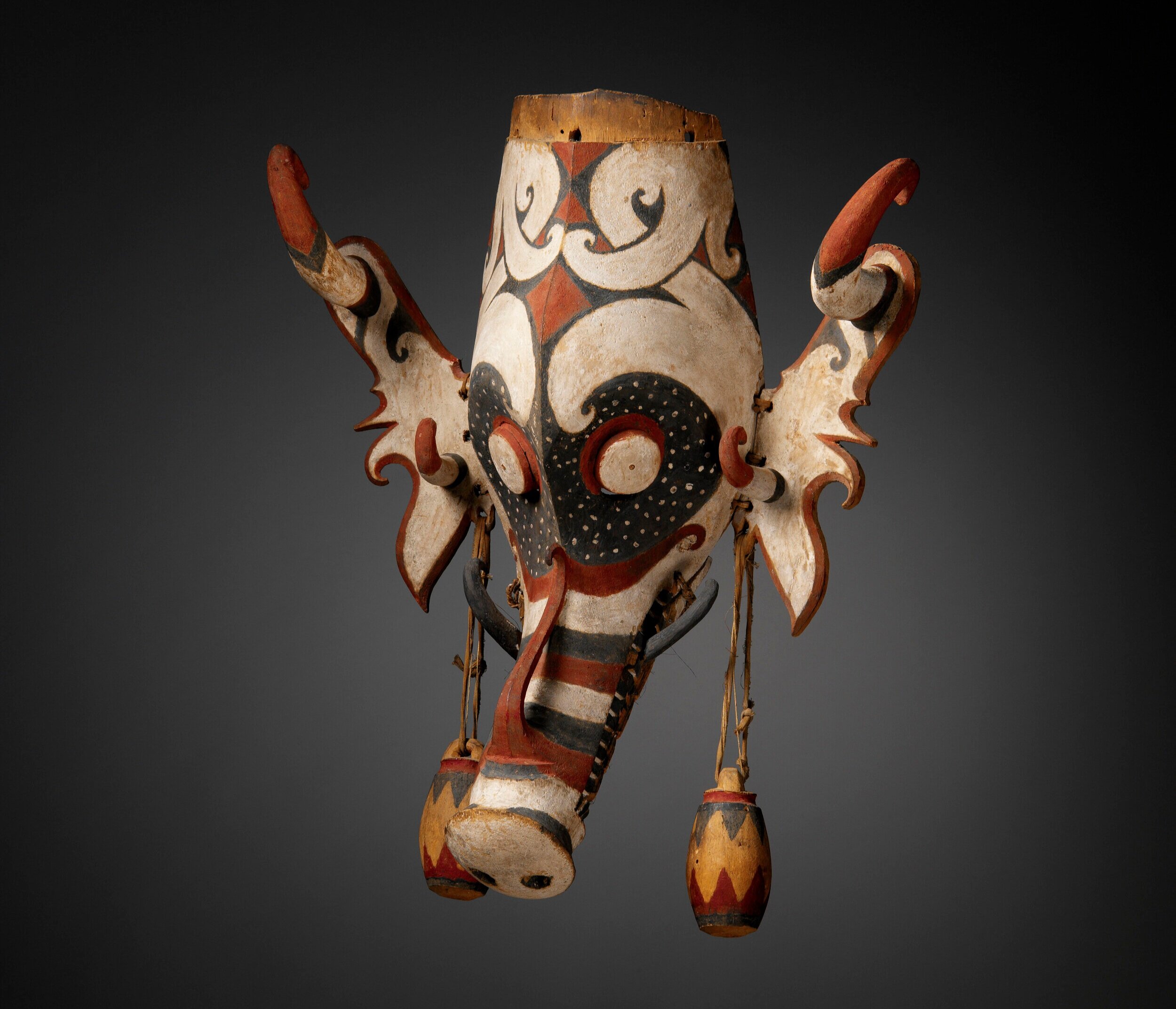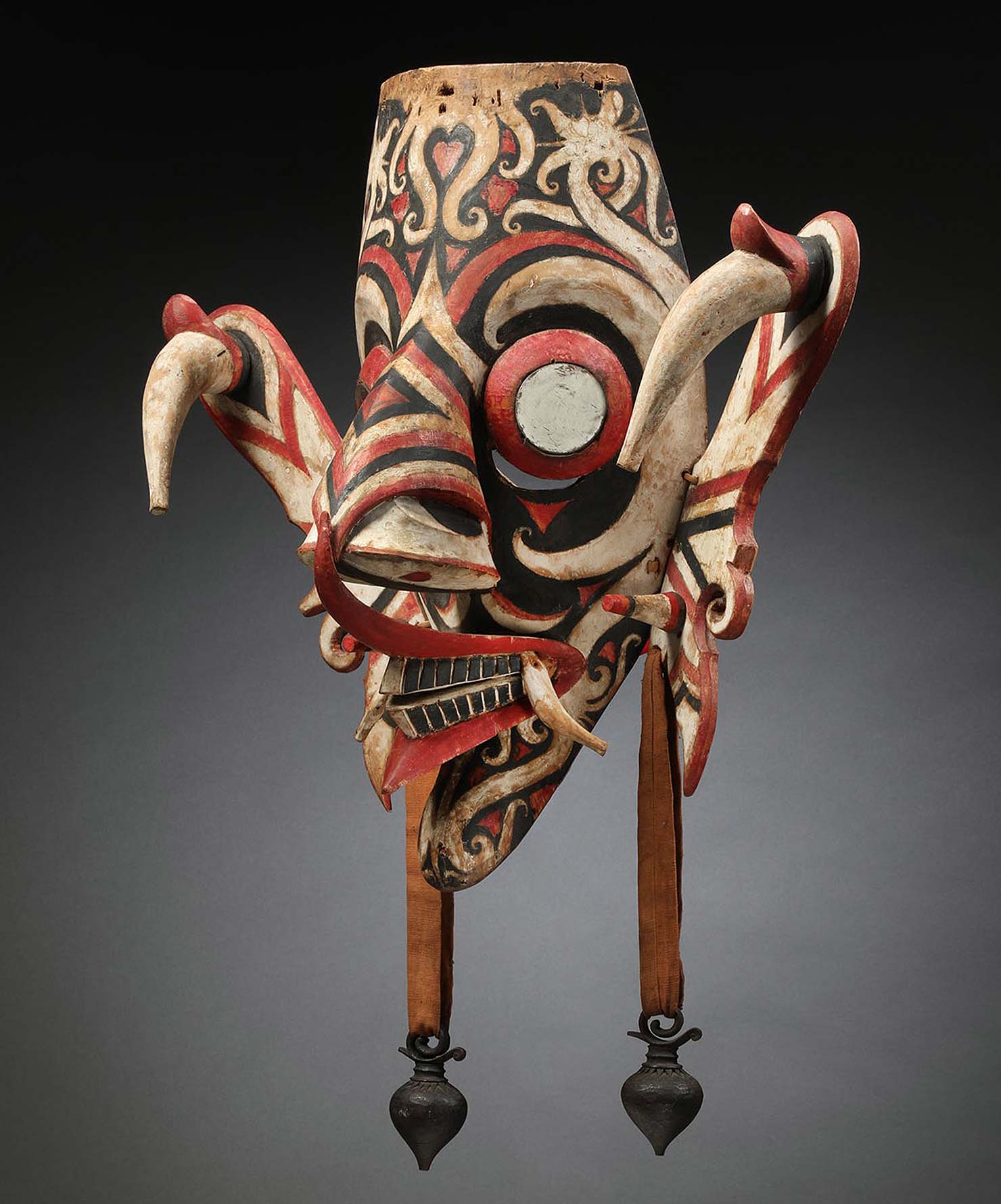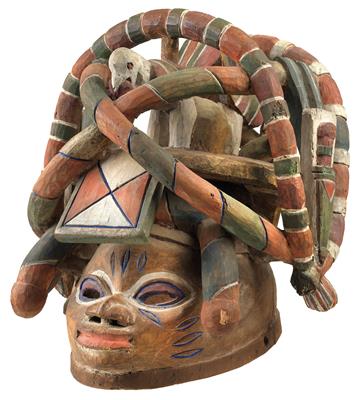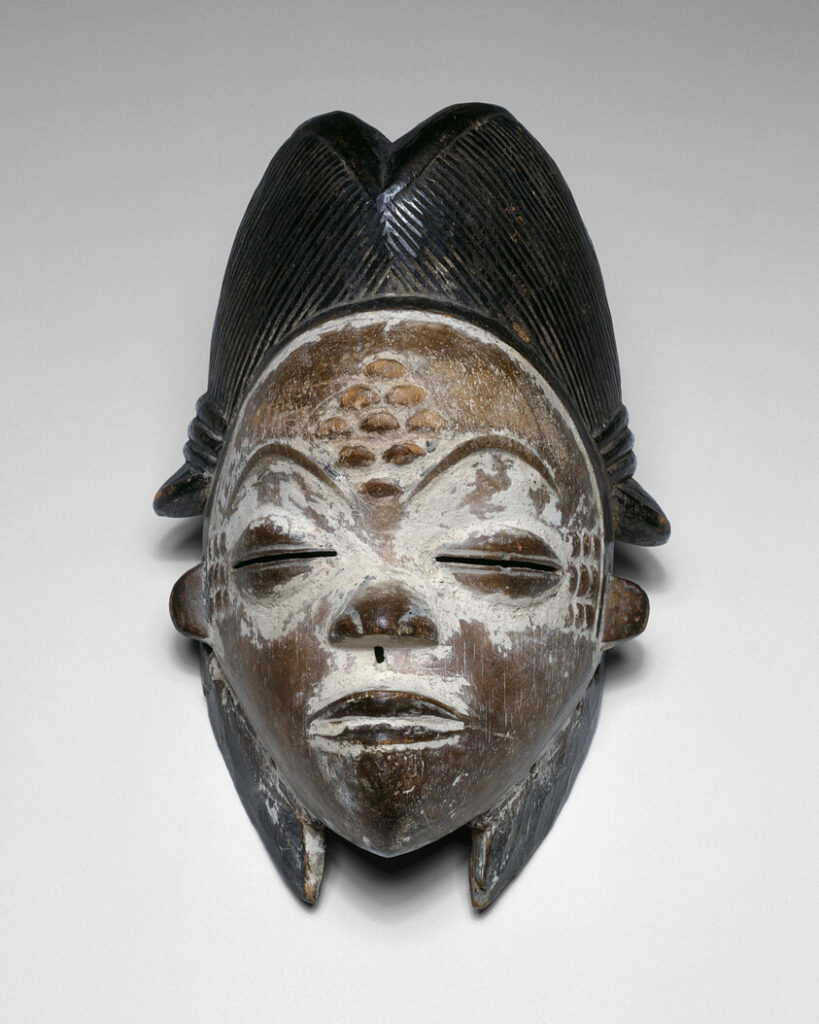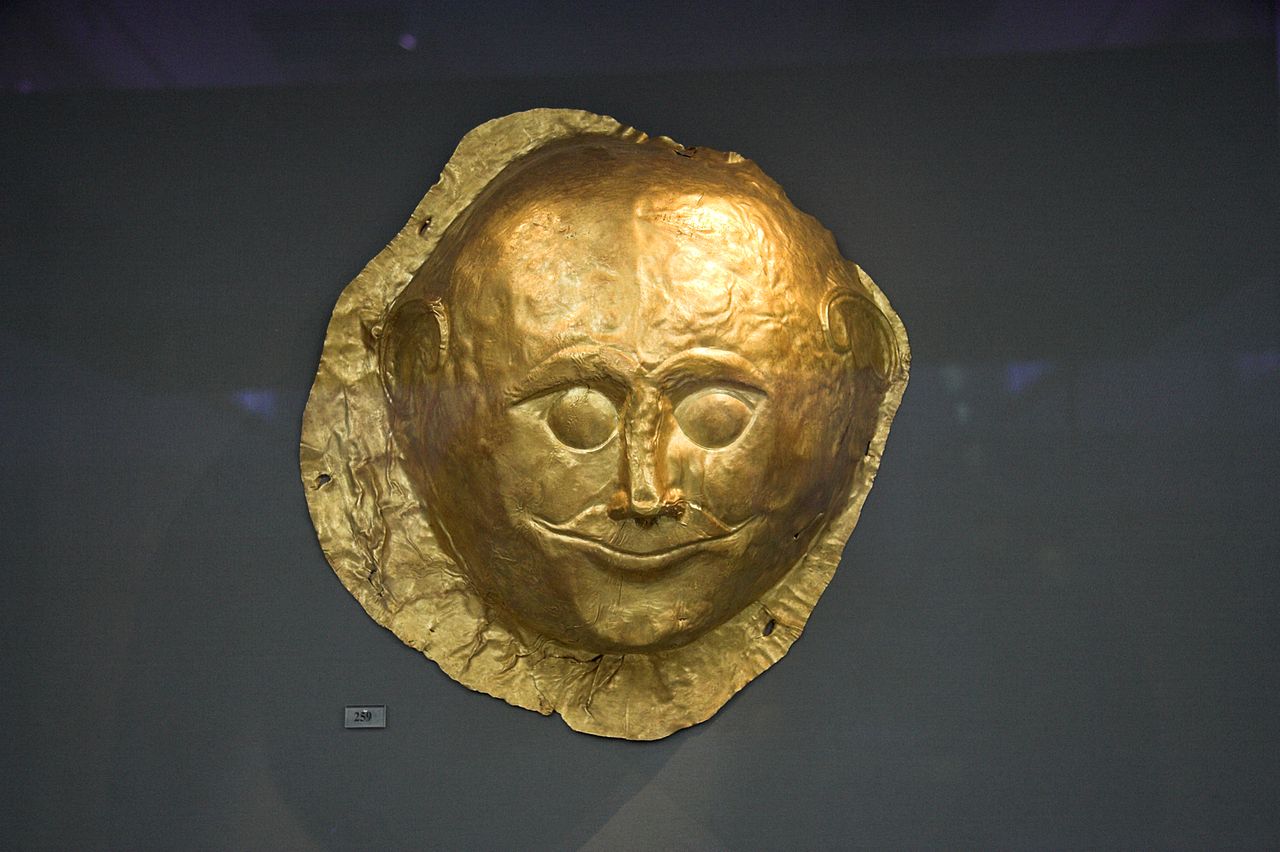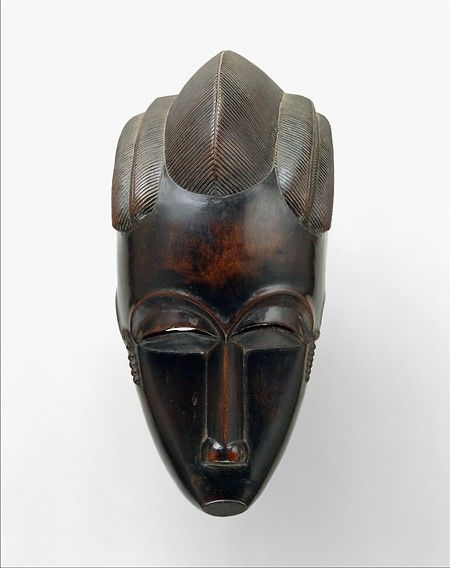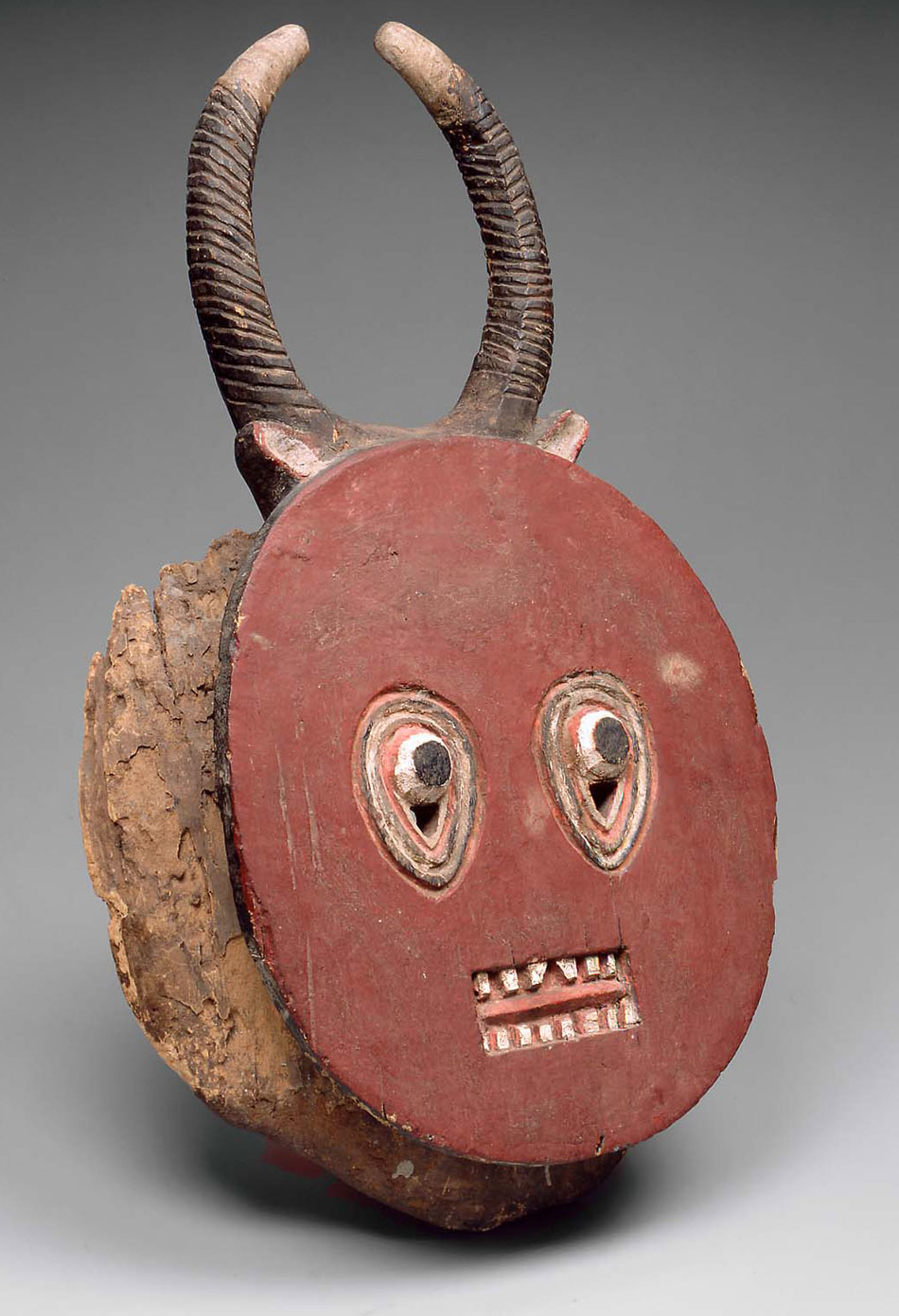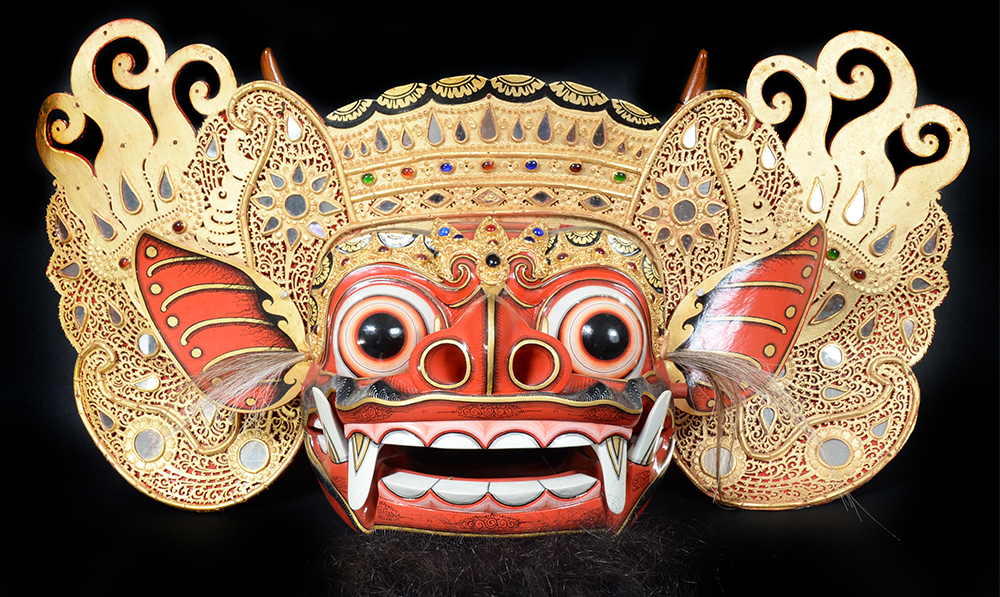Assignment: Design and create an avatar for a very specific circumstance.
-It has to be auto-riggable as a humanoid.
-Assign it an animation from mixamo
-Under 10K tris (that’s more than enough)
-It must have a non default material that makes sense, textured or not
-Make at least 5 thumbnails, and produce one piece of concept art
-You can start from a base mesh
Brainstorming
Sketch a full body humanoid avatar for:
1- A particular mood. Pick one
2- A particular circumstance. Some starting points here
3- A performance starting from a mixamo mocap animation (basically pick an animation and design a character for it)
Avatars
In this unit we’ll talk about character design, modeling, and rigging through the lens of the avatar as representation of a user/player.
Avatar is a concept within Hinduism that in Sanskrit literally means “descent”. It signifies the material appearance or incarnation of a powerful deity, goddess or spirit on Earth.
Since the 80s the term has been used in sci-fi (Avatar the movie), online communities (the avatar pic), online worlds (the character representing the player), and games (the playable character), with slightly different connotations.

The earlier metaverse, Second Life
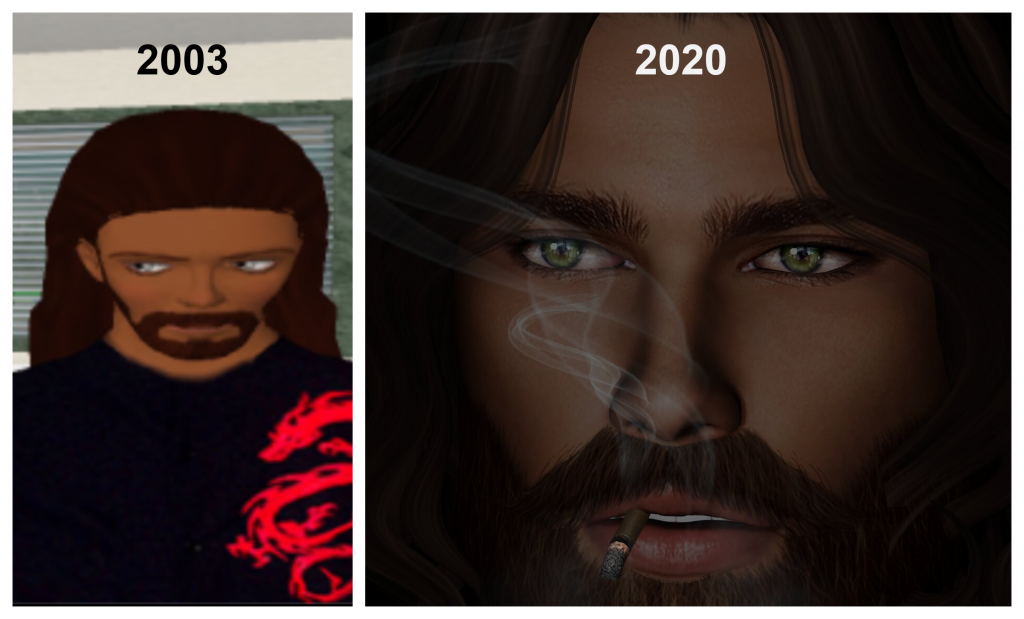
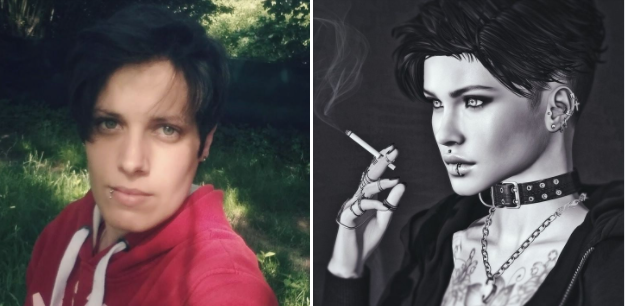


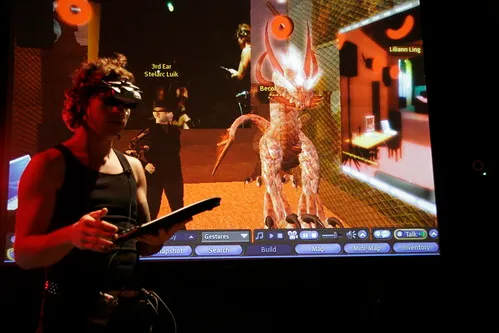
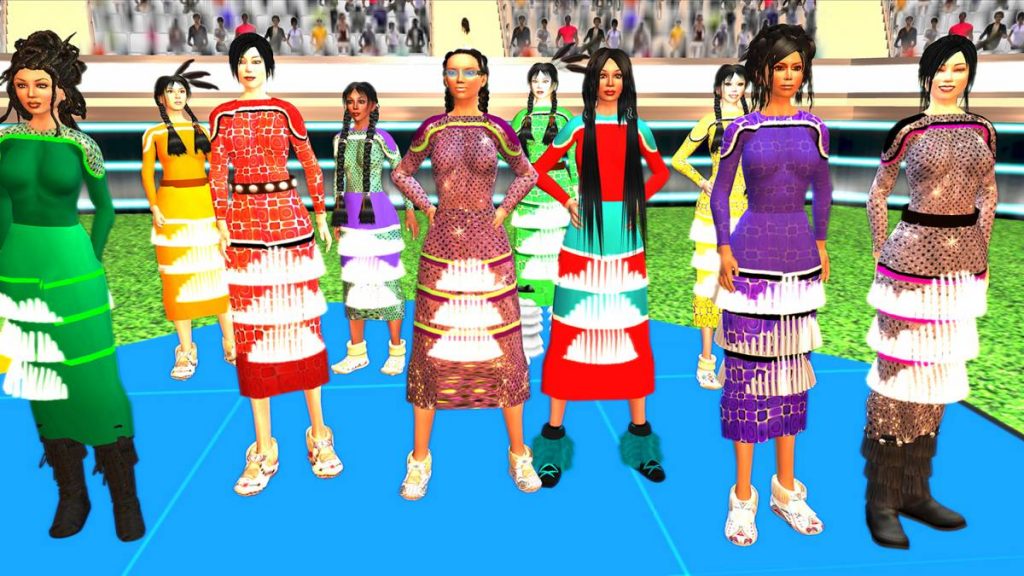
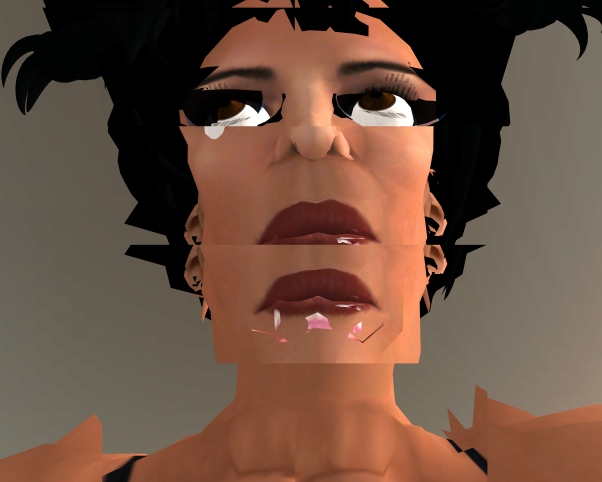
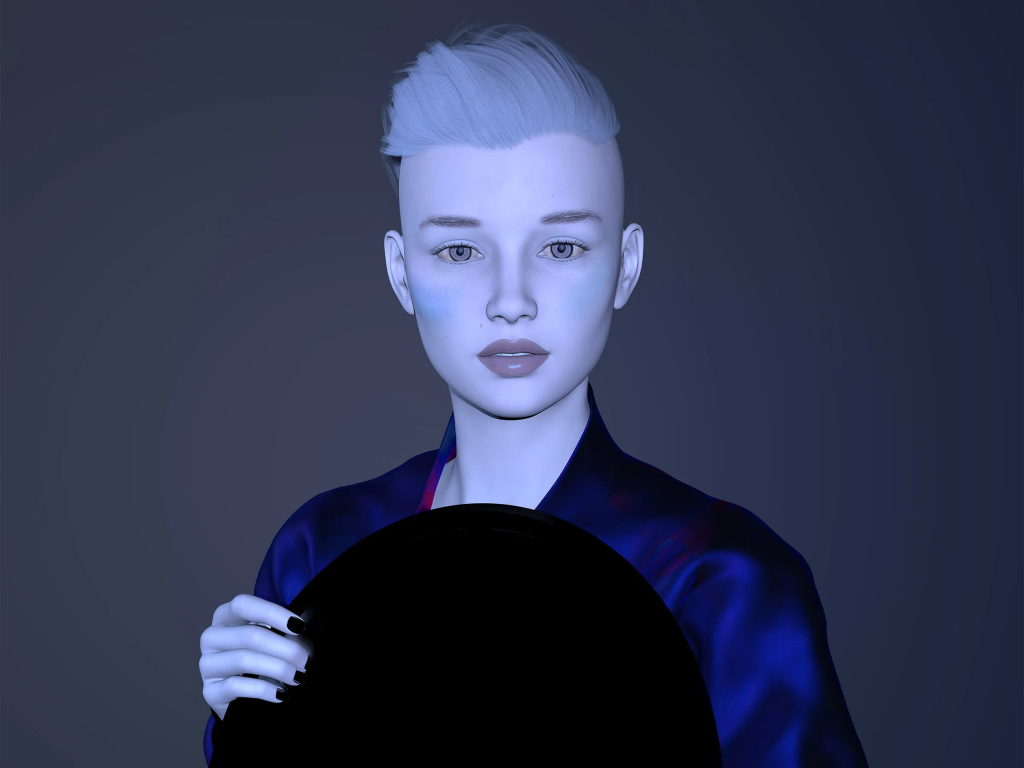
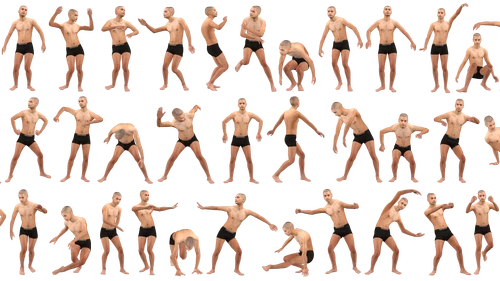

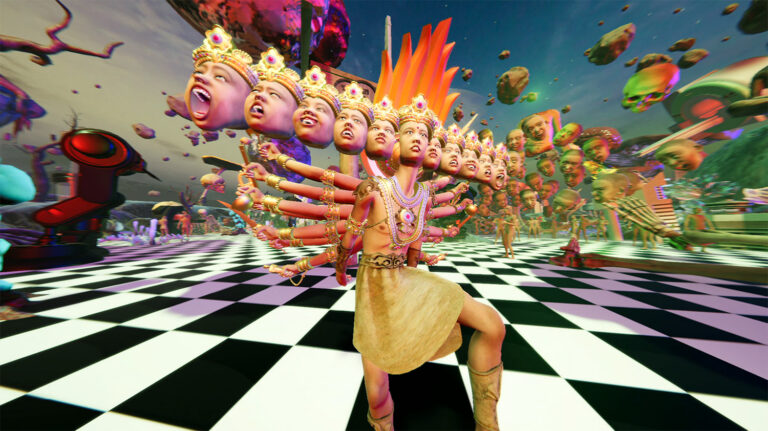
Cultural Masks
Cultural masks can be another entry point for this assignment. Masks and costumes often represent “characters” that people can temporarily inhabit for rituals or performances.
Disclaimer: I’ll be just skimming the surface, each of these traditions could be the subject of a whole course.
Mesolithic deer antler frontlet
It has been suggested that the hunters used the frontlets as disguises so they could influence the movements of the red deer and trap them without panicking them. Another explanation is that they were used in ritual dances to bring about a successful hunt or in celebrations after a successful hunt. more
“The transition from an economy based on hunting and gathering to ancient agriculture and domestication of plants and animals was accompanied by a change in social structure and a sharp increase in ritual-religious activities”
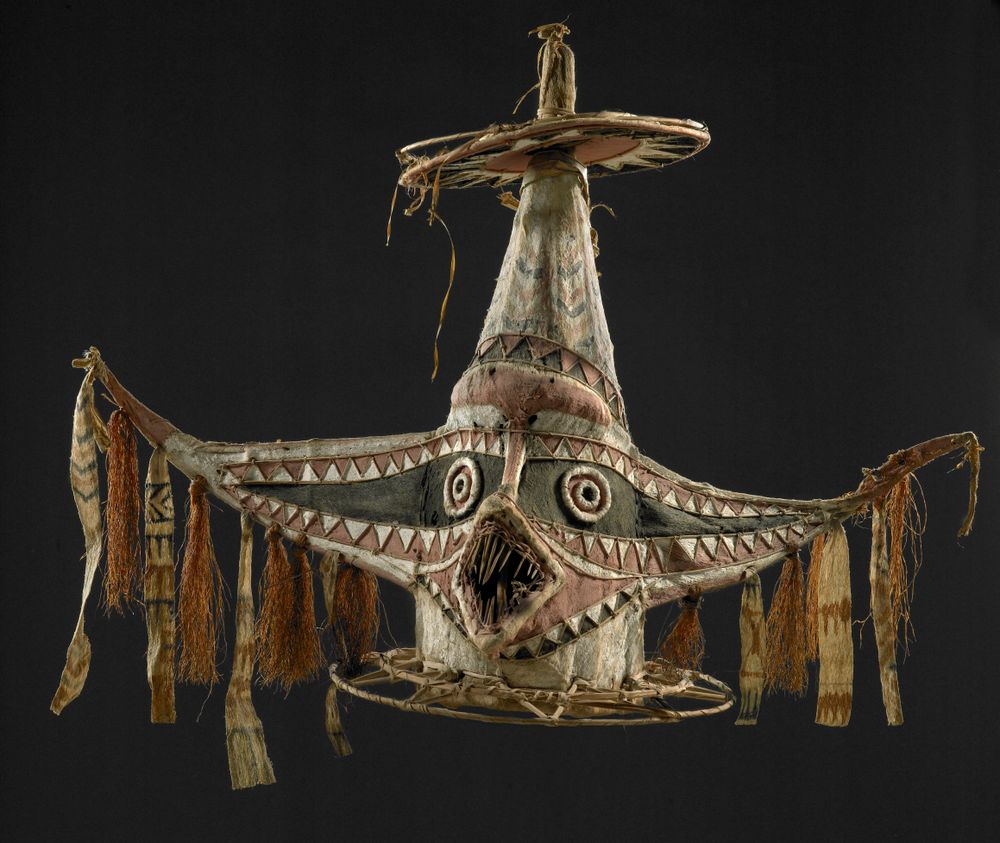
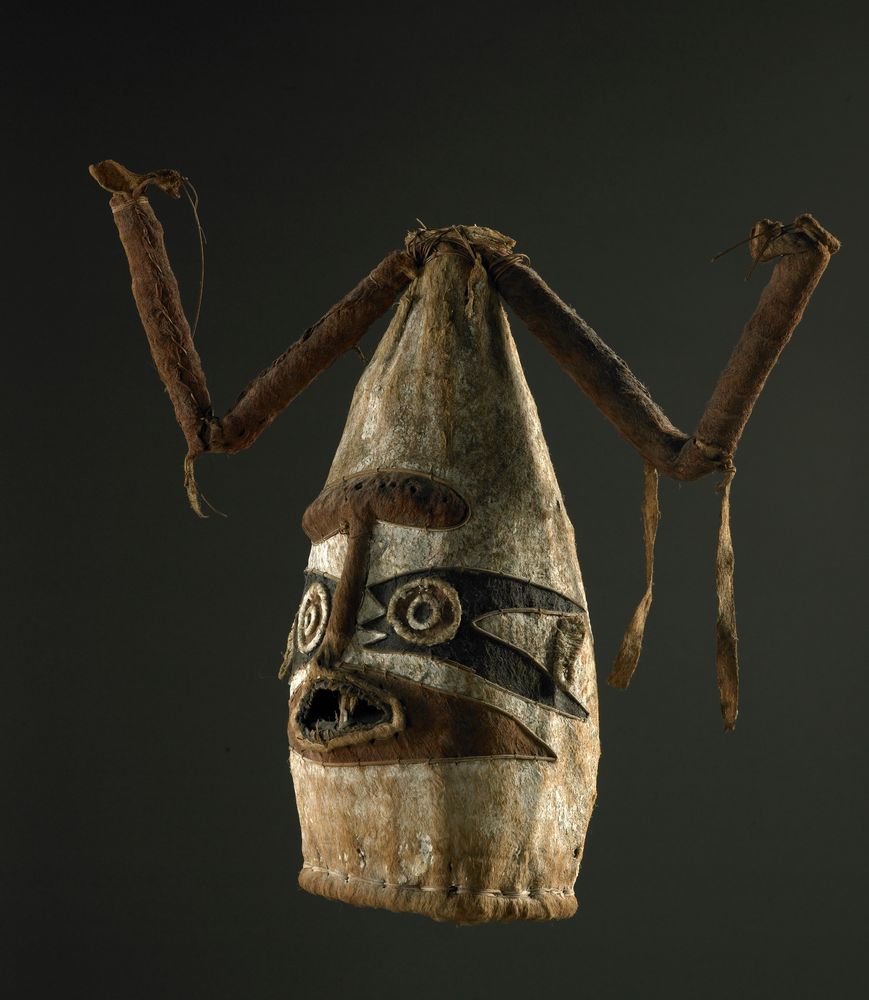
Eharo dance mask, Papuan gulf (1900) – part of a cycle of rituals (initiation), not sacred object, comical, burned after use. More pics
Kuba (Bushoong subgroup). Mask (Pwoom Itok), late 19th century. Today’s Congo.
“This mask may have represented a wise older man at boys’ initiations.”
Hemba Mask, 20th century. Democratic Republic of the Congo.
“masks plays crucial role in protecting boys during initiation, the vulnerable period between boyhood and manhood”. Lines representing tears for the loss of the elders.
Kwakwaka’wakw artist, Eagle Mask closed, late 19th c., from Alert Bay, Vancouver Island,
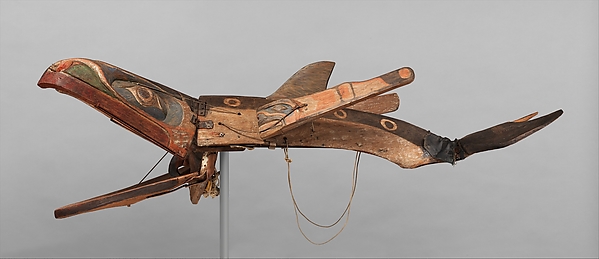
Kwakwaka’wakw artist, Whale Mask, 19th c., from Alert Bay, Vancouver Island
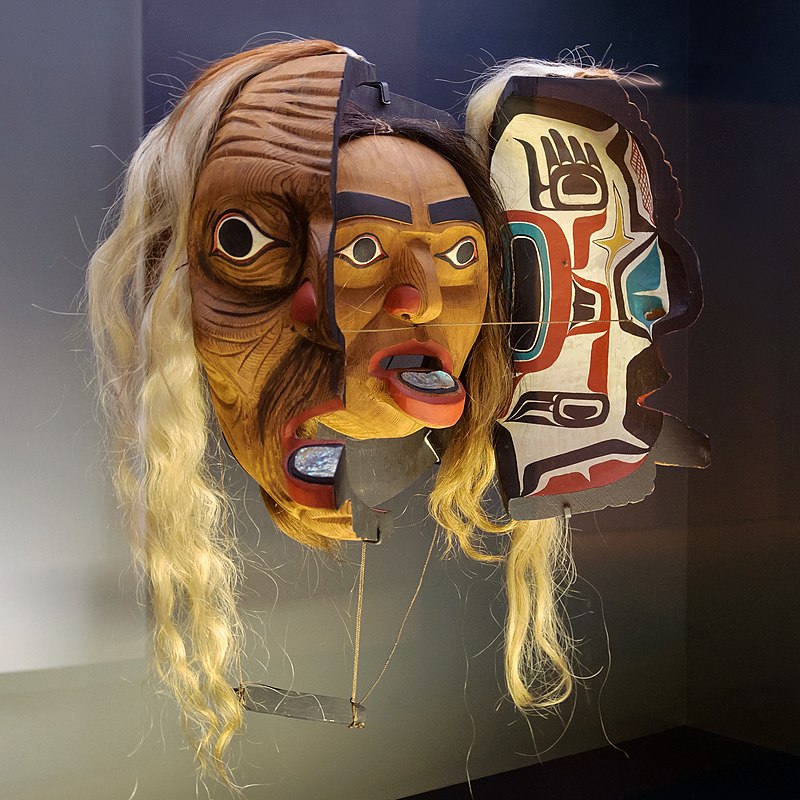
Northwest Coast Native American Transformation masks.
These masks usually depict an outer, animal visage, which the performer can open by pulling a string to reveal an inner human face carved in wood to symbolize the wearer moving from the natural world to a supernatural realm. Northwest coast peoples generally use them in potlatches to illustrate myths, while they are used by Alaska natives for shamanic rituals.
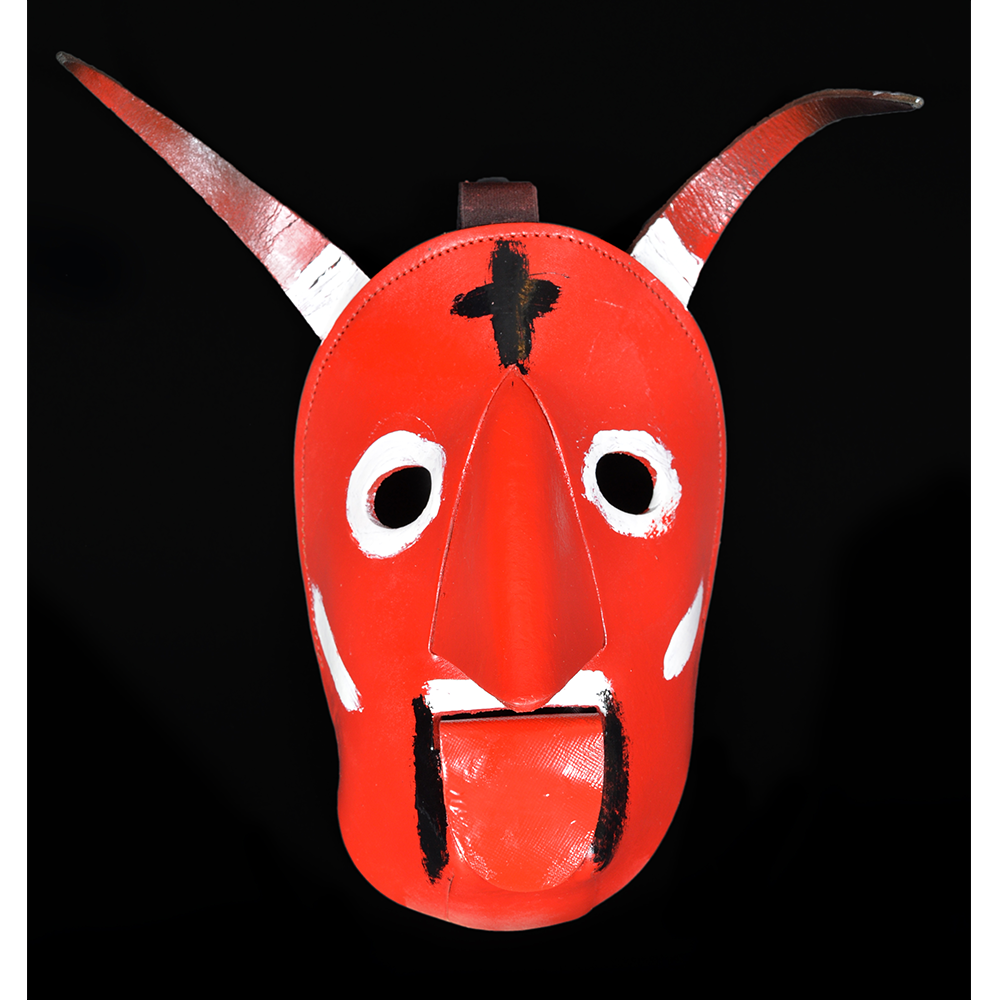
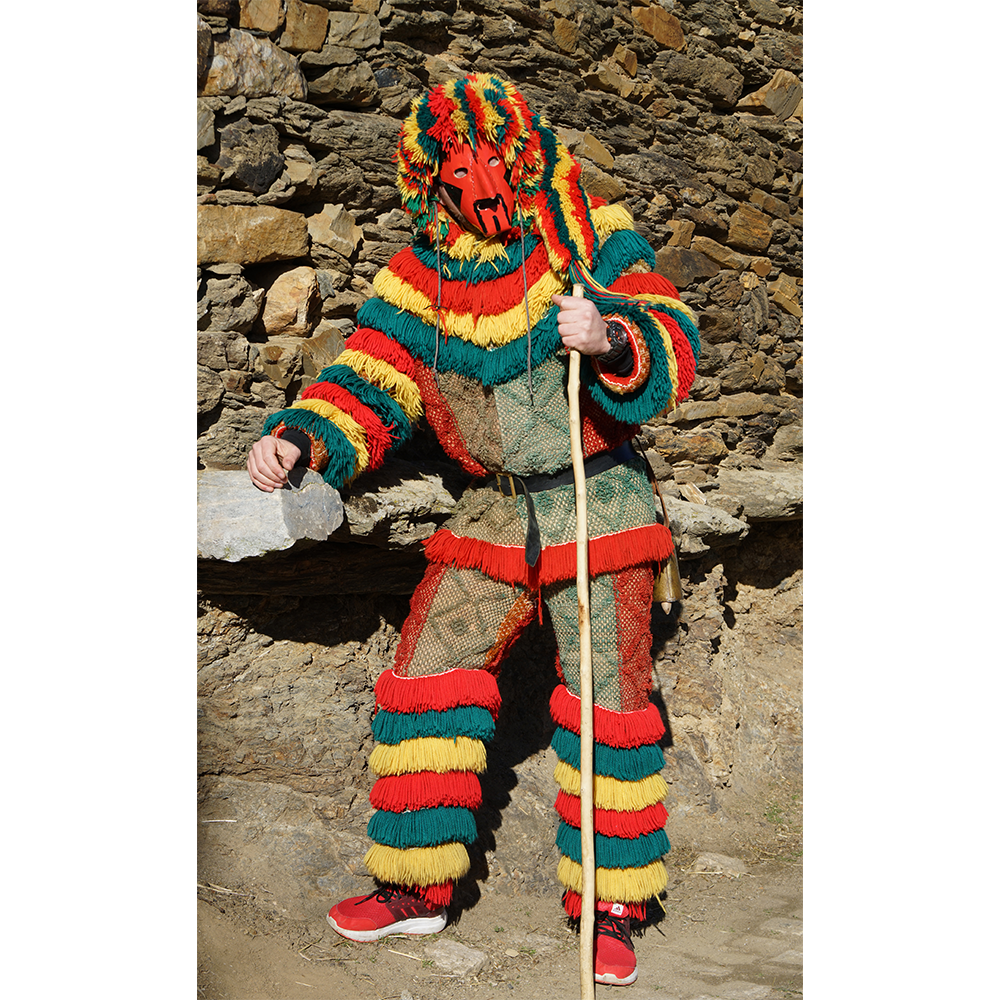
Careto mask from Portugal
The caretos appear in groups, running chaotically through the village to harass the young women. The careto during this time is effectively granted immunity from the rules of decorum. He can violate social norms with impunity, as he is considered the manifestation of a supernatural spirit.
Think about the times you wore a mask (performance, LARP, trick or treating, bank robbery, KKK gathering).
How did it make you feel? How did it change your voice, attitude, posture?
Design a mask that allows the wearer to become something or somebody else.
Hudoq is a masked dance performed during Erau harvest thanksgiving festival of many of sub-groups of the Dayak ethnic group of East Kalimantan province, Indonesia
Hudoqs are thirteen crop-destroying pests, including rats, boars, leopards, and crows.
Yoruba Gelede mask. West African countries of Nigeria and Benin, mid 20th century
The Yoruba believe that older women have powers equal to or greater than the gods. These masks are used in celebrations to honor older females and to show their importance. Worn like a headdress.
More pictures in context (tourist source)
Mask (Mukudj) Ashiru, Punu, or Lumbo. Gabon Central Africa. Late 19th/early 20th century
Known as mukudj, these masks appear in masquerades during funeral celebrations and other events of importance to the community. The masked male dancers, wearing a fiber costume over stilts, perform a variety of movements and acrobatics requiring extensive training.
The white, serene faces on the masks represent peace and the afterlife.
Mycenaean Death Mask, 1650 BCE. Mycenae, Greece
The masks were likely direct representations of the deceased, symbolizing a continuation of the dead’s identity in death, similar to funerary statues and incisions, immortalizing an idealized depiction of the deceased. The masks were not found on all the bodies inside the grave site, indicating that those who had them were of special status, and that the golden masks are a form of conspicuous consumption.
Design a mask for a special occasion or a modern ritual.

“I had actually that same day been at the Museum of Natural History and I saw … a lot of Indigenous artwork that’s kind of still in the realm of the science museum, and that was kind of upsetting to me… Seeing how … those objects became fetishized and held up as specimens of nature rather than being put in an art museum, that got me thinking about how other objects are treated in a very different way — like putting sneakers behind glass.”
Portrait Mask (Gba gba) Baule peoples (Ivory Coast). before 1913
“Designed as part of a Baule theatrical tradition, known as “Mblo,” that combines dramatic skits and solo dances, this mask is an idealized representation of the prominent member of the community for which it was sculpted”
Crucial influences for many cubist and modern artists
Another Baule mask, from the goli dance
The hannya (般若) is a mask used in Japanese Noh theater, representing a jealous female demon.
There are about 60 types of masks
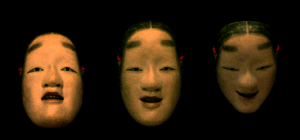
They are made not to express any feelings clearly, so a mask can express anger in a moment and satisfaction in another.
Tilts up a little bit gives an impression of a subtle smile and tilts down a little bit gives an impression of sadness.
Barong Ket, Bali, 2012.
Barong masks are some of the most important cultural artifacts in Bali. The Barong is a mythical beast that purifies and protects the village. The mask itself is a sacred object of worship and usually kept in a temple. Barong masks are taken out to perform dances and ceremonies on major holidays, most notably the Kunti Sraya, or Barong Dance. That dance recreates a contest between good (represented by the Barong and its followers) and evil (represented by the goddess of death, Rangda, and her followers).

